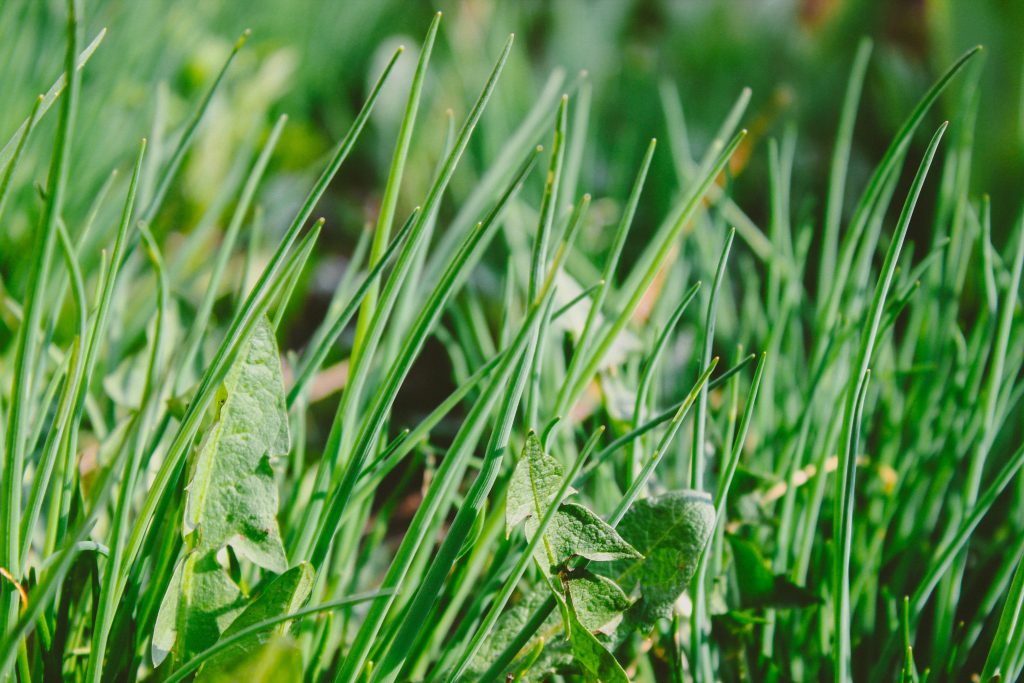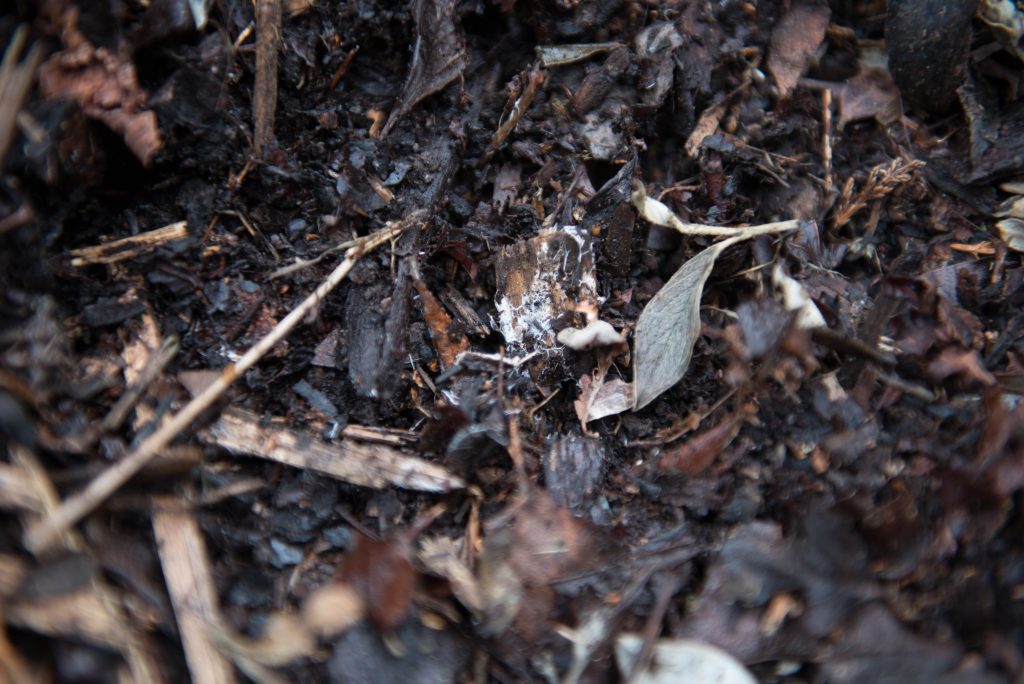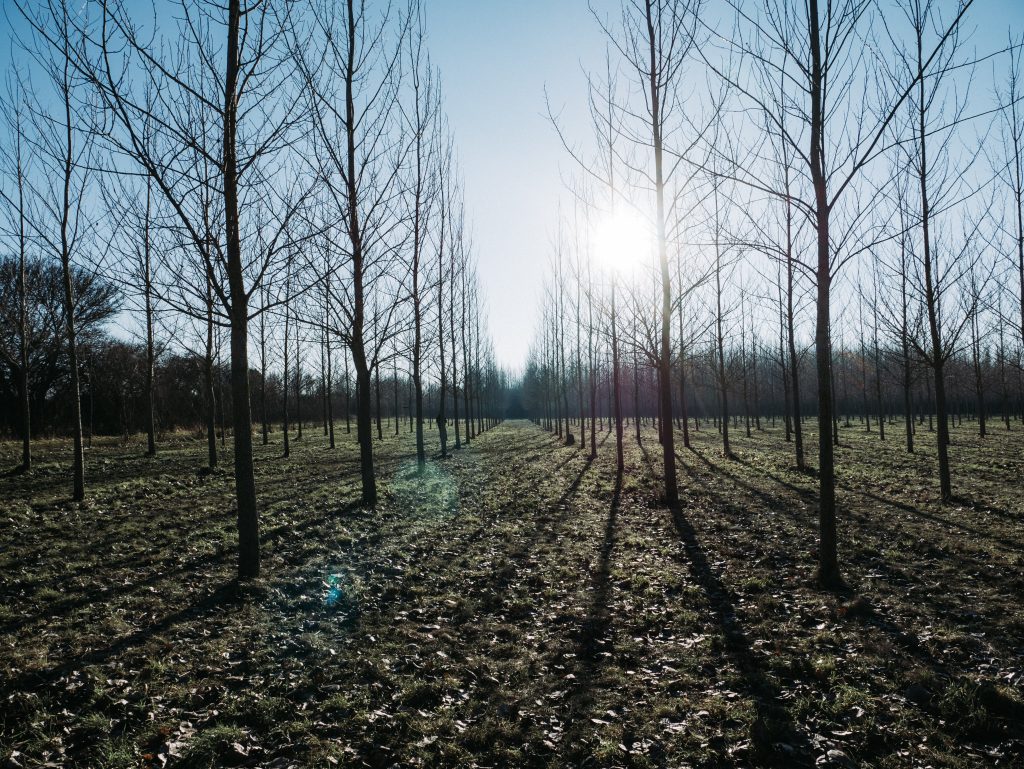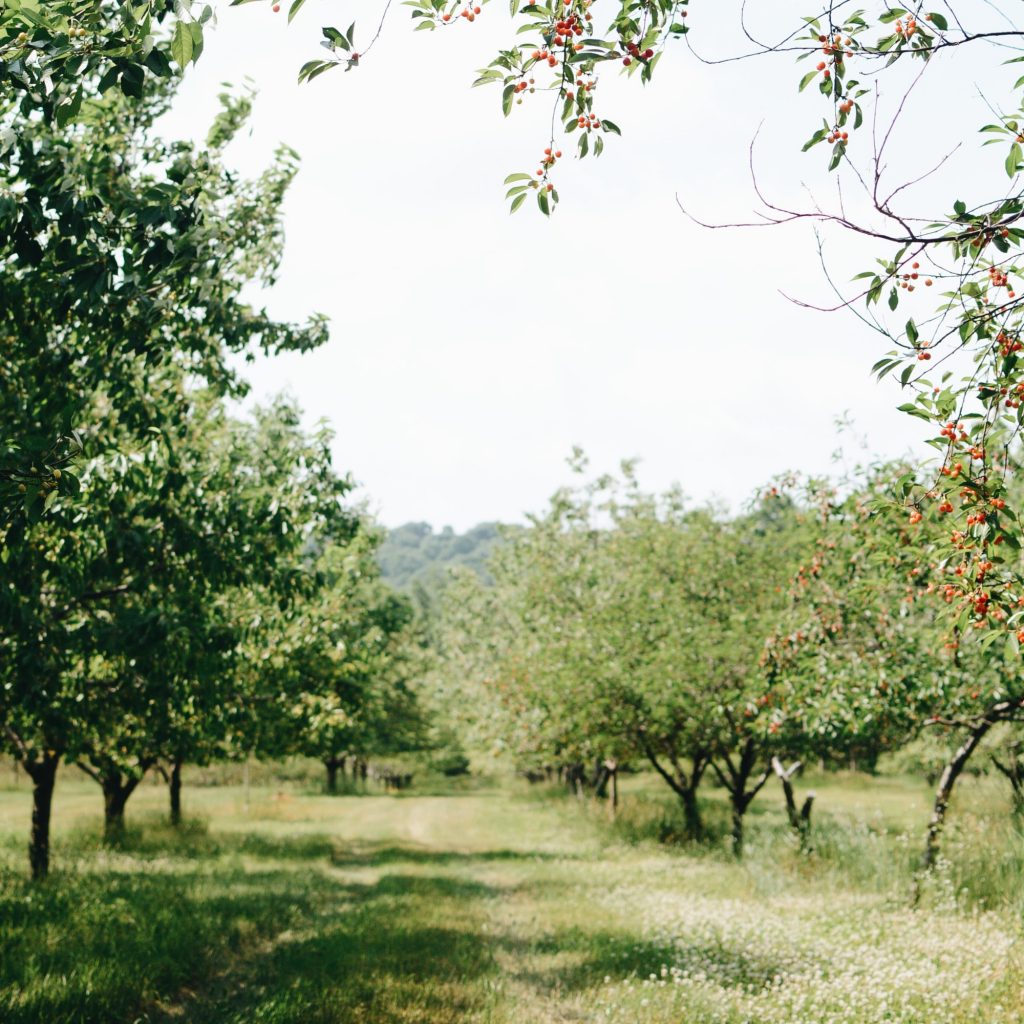10 Garden Tips for July.
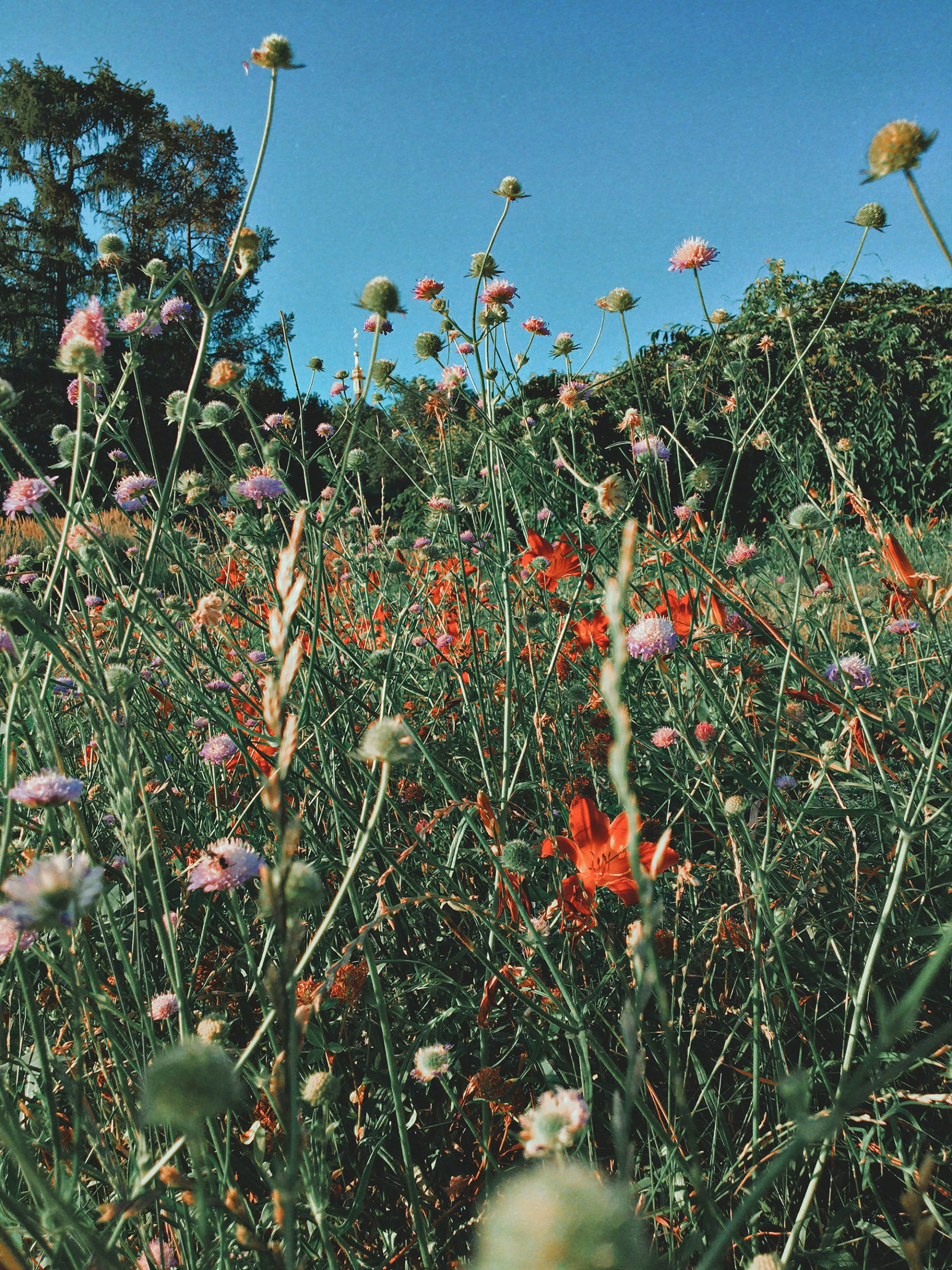
Efficient, ethical and cost-effective
Now that the flush of June has taken place, where gardeners have had to dance in her vigour and beauty, we can now relax a little and reflect on how the year in our garden has been so far, perhaps noting new ways of future working. The expectancy for the first roses – now here amongst us, the worry about fruit set through the frosty times – now hopefully swelling gently on the branches and the hard work of transferring the wonderful, succulent weeds from the garden beds to the compost heap adding richness and vitality, can now all be laid to one side as we can take some time out to reflect. For me, it is becoming increasingly clear that I want to work with nature, instead of against nature so I am always looking for simple ways to realise this ideal. Additionally, I am happy if I can do this efficiently without too much financial expense and as ethically as possible; below are some simple suggestions drawing on these ideals.
1. Use hazel poles instead of bamboos for plant supports. Hazels are very plentiful in our area and if we cut the poles we require in spring, the plants will have a chance to regrow for the following year. Either cut the whole plant down to the ground (coppicing) or simply choose stems of the right thickness from a more mature plant. Thin poles (approx. 1cm diameter) are good for staking sunflowers and other annuals, thicker ones (3-4cm) work for edible peas plus runner beans etc. The advantage of hazel is that young plants find the stems easier to grow up, being rougher than bamboo; additionally, because most bamboos are imported they have an inherent carbon footprint (air miles) and are generally not fairly traded, meaning that workers who produce them may not receive a living wage.
2. Cut docks before they seed. An old country saying about docks runs “one year of seeds give seven years of weeds”. Dock seeds are very resilient and long-lived (archaeologists have discovered dock seeds viable in excavated Roman remains!) so it is a good idea to remove any dock flowers in June and July before they set seed. It is not always possible to remove the whole plant at this busy time, but it is relatively simple to just cut the tops off when passing and put them in the compost (If the seeds are ripe, then it would be safer to burn them or put in the green waste bin).
3. Feed birds all year round. The RSPB recommend feeding birds throughout the year (with the proviso not to put out large chunks of bread or loose peanuts which may be a choking hazard for fledglings) as this will encourage regular garden visits. This is not only a lovely thing – beauty and song for us, but also very ecological – birds love garden ‘pests’. There is a climbing rose in our garden this is regularly visited by a pair of nesting blue tits who seem to be very happy eating the greenfly, meaning that we generally don’t need to worry about more invasive, poisonous and expensive chemical pest control.
4. Use cardboard toilet rolls as pots. For next year’s peas and beans, we can collect used cardboard toilet rolls and use them for pots. This is super-efficient, cheap and ethical as the rolls not only encourage the necessary deep rooting of the legumes, but they can also be planted directly into the soil thus minimising root disturbance, and a few less plastic pots are created, circulated and then discarded. A small but simple step to help reduce the ever-growing plastic waste crisis.
5. Water compost. In dry weather, it will be necessary to water our compost heaps and bays, or they will dry out and the decomposing process will stall. Rainwater is best – just sprinkle with a watering can now and again and mix it all up with a fork, as if making a cake: not too wet and not too dry. For very dry periods it might be necessary to use a hosepipe and drench for longer. Healthy, well-rotted home compost is a simple, efficient and cheap alternative to plastic-wrapped compost transported to us with its small but real carbon footprint. Add the biodynamic compost preparations (see last month’s article on Plant Health) for even more vitality.
6. Mulch beds. If there is any bare soil in our flower or vegetable beds it is always good to mulch with compost, grass, rotted leaves: anything to cover the soil, it is a simple and effective way of suppressing weeds and retaining moisture.
7. Collect animal manure. Animal manure (except cats and dogs, which contains harmful pathogens) is wonderful for the compost heap. Cow manure is the very best, having been transformed by the animal’s complex digestion process, but horse, rabbit, guinea pig and chicken manure is fine too. (Horse manure can even be collected off the street – super-efficient!). The manure is mixed in with the rest of the ‘compost cake’ ingredients and left to “cook” for a few months. Organic or at least ‘chemical-free” manure is of course preferable, but in my view, any local animal manure is better than no manure.
8. Hoe regularly. Although an ideal garden will have little if any bare soil, there are some situations, particularly in the vegetable garden where this is impractical. regular hoeing (preferably with a bronze implement, see below) will keep weeds at bay; in the summer the small cut seedlings can be left on the soil to dry out in the sun, so we won’t need to remove them.
9. Become friends with slugs. Slugs are less attracted to soil that has been worked with a bronze tool, (containing an amount of copper). By using such tools the slug will often choose to go elsewhere: a simple and friendly way of dealing with them, obviating more radical measures like poison or drowning in beer. This is not a foolproof method, but my experience suggests there is a reduction in slugs after using bronze tools. (see my website for a range of the most common tools available).
10. Make herb tea. If we have planted mint, sage or lemon balm (all very easy to grow) either in small pots (mint) or in the herb garden, at the end of the day we can sit back and enjoy our own freshly picked herb tea. We could also venture further into the local meadows for other herbs: my personal favourite is a meadowsweet and thistle mix. Pick a sprig of creamy meadowsweet together with a single young blue thistle flower (which dyes the tea a beautiful blue) and add to boiling water – a wonderful summer tea. Local, in season and free throughout the months of July and August; harvested on an evening walk across the local meadow, this tea ticks all the boxes!


